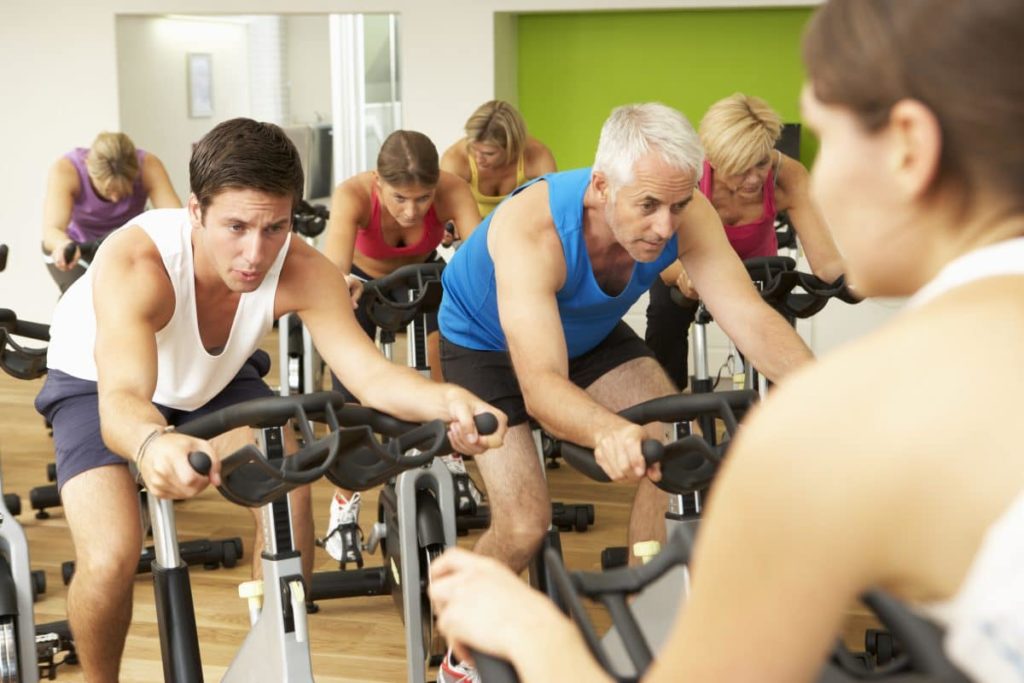How to Ensure Your Indoor Cycling Cues are Crystal-Clear

Walk by any indoor cycling studio when a class is in session and you’re likely to hear cues like this:
“I want everyone at a 2!”
“Push yourself to a 7 and hold it there for 30 seconds!”
“Let’s start at a 3, turn up to 6, and then come back to a steady 4. Go!”
The key to unlocking a fantastic cycling class is somewhere in those numbers, but how well do your participants know what the numbers mean?
Excellent instructors use a system to describe what they expect for performance, and it’s usually a combination of what they’ve learned in certification courses and what they’ve learned through real-world experience. Many indoor cycling teachers rely on numbers to convey effort. While this is a good idea at face value, there are many variations on a theme. Even within the same facility, a 3 at the 9 a.m. class may represent an entirely different work level than the 3 in the 10 a.m. class. This disparity can leave participants’ heads swirling.
Number systems are great as long as everyone is 100% sure what the digits represent. You don’t need to use the same scale as everyone else; you just need to set your students up for success by cuing clearly. Let’s go through a few steps to ensure success in your next class.
Introduce Your Scale
Harness the warm-up to prepare and educate your class. Saddle up, get everyone’s legs moving, and talk about the numbers you plan to throw their way. What does a 2 mean? How should it feel? What’s the highest number on your scale? Will there be multiple ways to achieve numbers? Do you base your scale on the Rating of Perceived Exertion, tension, speed or a proprietary system provided by your certification? Lay it out for people.
For example, you might say, “A 5 represents all-out effort. Our intervals into zone 5 are brief, and you can reach them using speed against tension.”
Explain the “Why”
When purpose drives us, we work harder. Let your students know how your numbers correspond to the physiology aspect of the workout. Which number corresponds to recovery, and why is that important? Which number takes them into an anaerobic zone? Let them know why specified intervals are shorter to prevent injury. Say what number represents moderate-paced work, and describe the value for a well-rounded workout.
For example: “When you hear the number 1, it’s time to rest. These rests will follow big efforts and set the stage for the next big effort.”
Rehearse
Once you’ve explained your scale, rehearse it! Practicing is the perfect way to “feel” and connect with numbers. Play with speed and tension in short bursts. Let attendees know that during the workout, intervals will be longer and harder. Don’t go to the top of your scale in the beginning of the warm-up. Save the larger numbers for later, when the body is ready for a significant effort. Do, however, let attendees know that harder drills are coming.
For instance: “We’ve been rolling in a comfortable working zone. Increase your tension just a bit, along with your revolutions per minute. You should feel that you’re working harder and you’d like to slow down, but stay in a moderate zone. This is what zone 3 feels like. We’ll hold this effort for 1 minute now, but for longer periods later.”
“Draw” a Map
If you were to ride a bike outdoors, you’d likely plan a course ahead of time. You’d know if you were going to hit a big hill, spend some fast miles on flat ground, or race a friend. Do the same for your class, and give them the lay of the land. They’ll know what’s coming and will push through each phase rather than saving for the unknown push that may never happen.
Some instructors fear they will scare students by forecasting challenges. Don’t worry about that. Lay down a tough lesson plan and coach participants to get the best out of each phase. They will leave feeling they’ve accomplished more than they would have in an average cycling class, and they’ll look forward to coming back to see if they can do it again.
For more information, please see “Crystal-Clear Cuing for Indoor Cycling” in the online IDEA Library or in the January 2017 print edition of IDEA Fitness Journal. If you cannot access the full article and would like to, please contact the IDEA Inspired Service Team at 800-999-4332, ext. 7.
Pamela Light, MA
Pamela Light is a group fitness instructor and personal trainer in Rancho Palos Verdes, CA with a bachelor’s in Exercise Physiology, a Master’s in writing, and 25 years’ experience in the fitness industry. You can find videos of Tape Box workouts in her Facebook group, Pamela’s Light and Fit Community.




